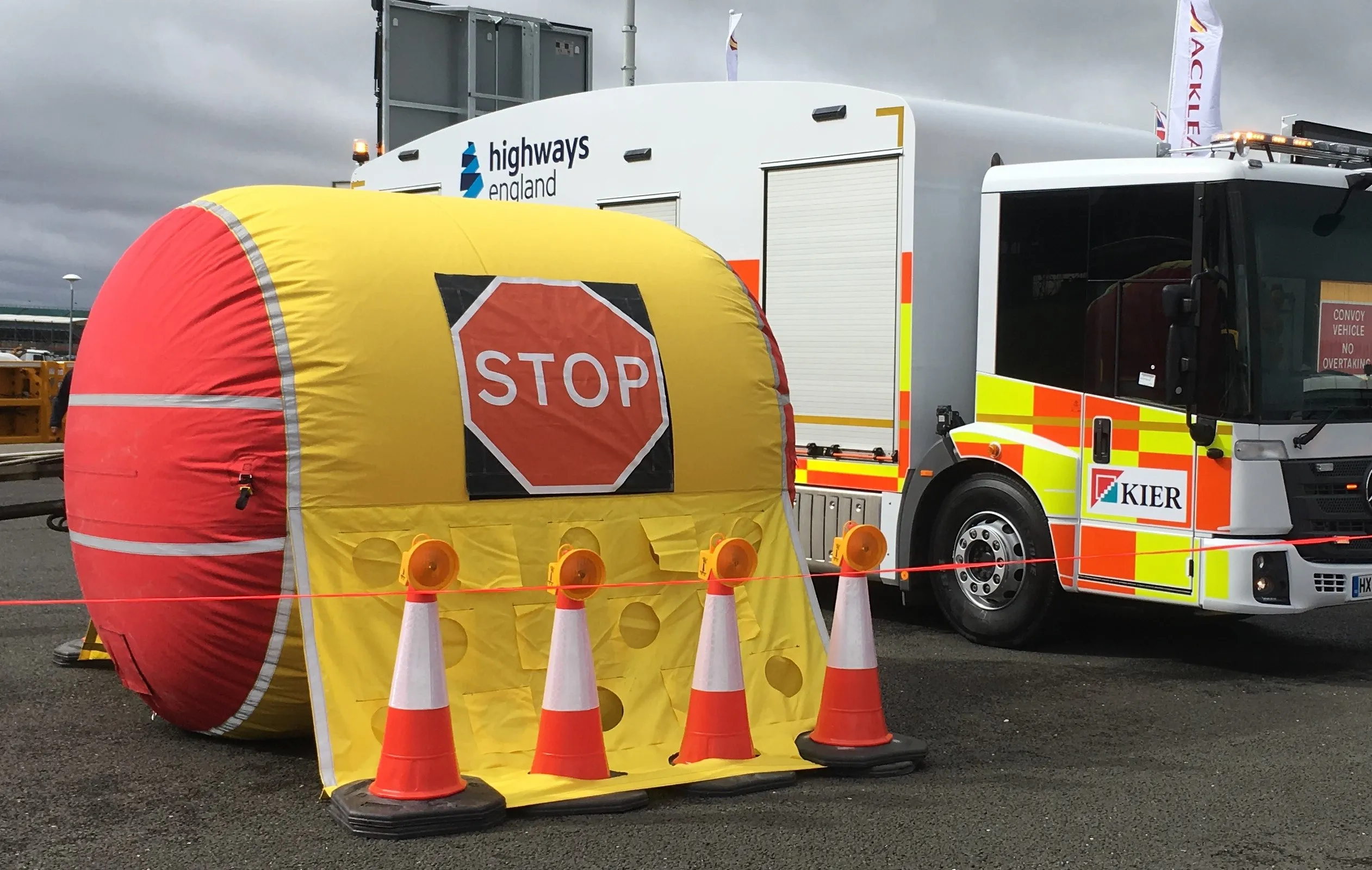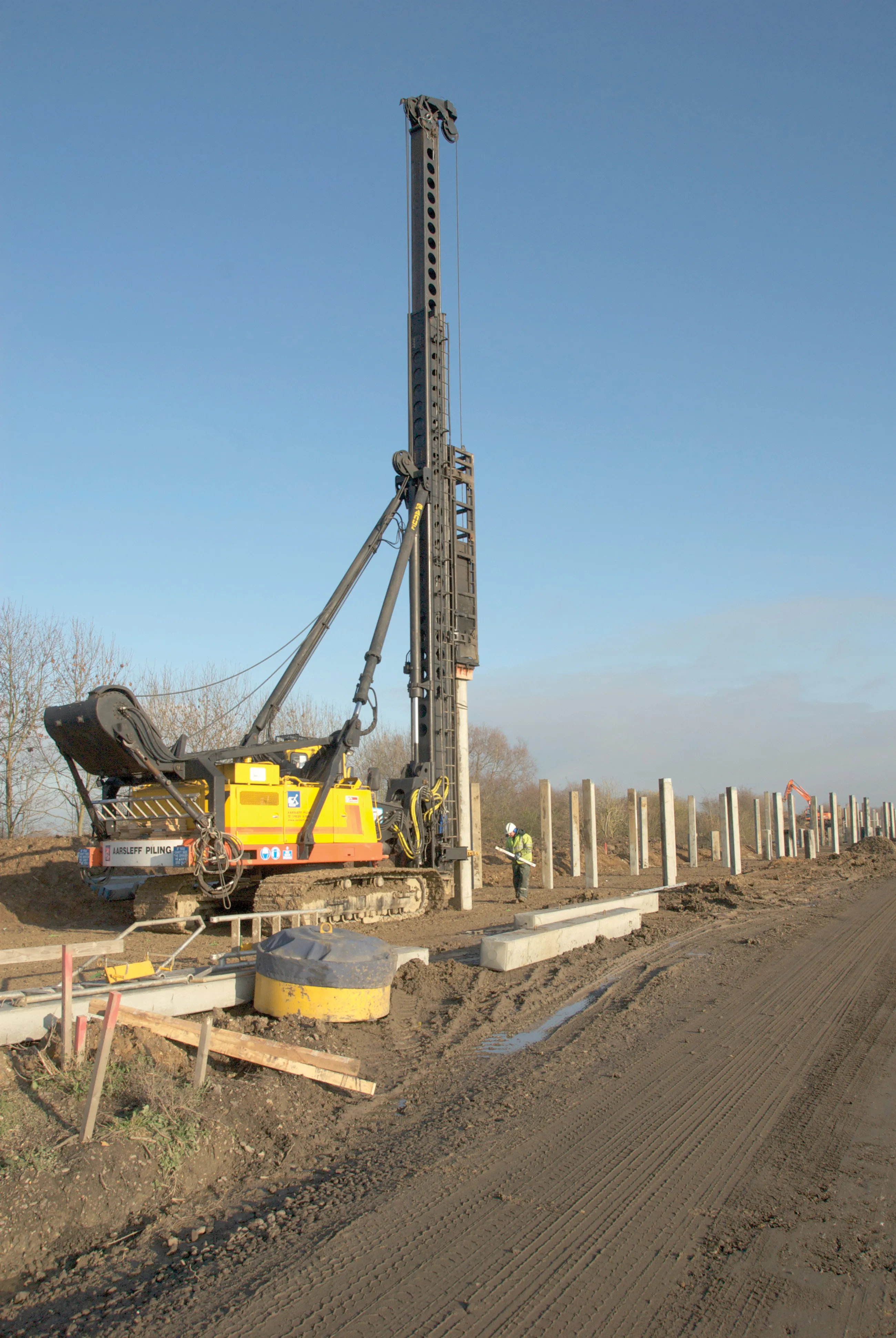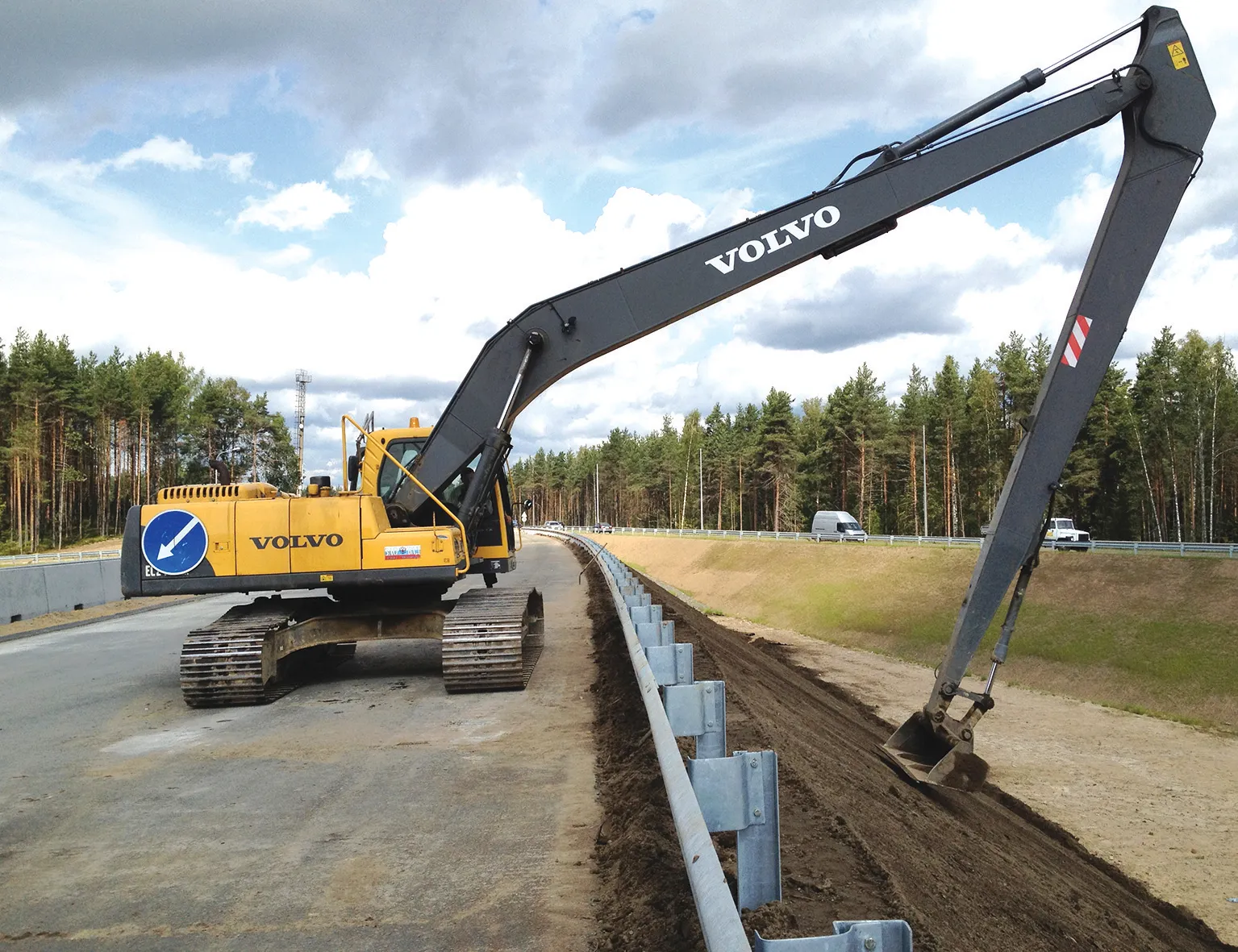Navtech Radar will be showcasing the safety and economic benefits of using longer-range radar systems for Automated Incident Detection (AID) and enforcement at Intertraffic 2012. The company’s ClearWay sensor technology is currently deployed in live tunnel and above-ground environments in Northern Europe and has been further developed to provide count and classification capabilities as well as an effective counter to illegal tailgating and unsafe lane-change manoeuvres.
March 19, 2012
Read time: 3 mins
A key feature of radar, says company director Steve Clark, is that it will enable road and tunnel managers to continue to monitor their networks in conditions which will defeat video, whilst providing wide-area detection and monitoring capabilities which loop-based systems cannot.
“Our millimetric-wave ClearWay radar systems provide the AID solution for the Hindhead Tunnel in the UK – a world-first application – and are also used on the E4 motorway near Stockholm in Sweden, where there is a need for a cost-effective, long-range solution able to detect incidents at locations where inclement weather often results in very poor visibility.”
Navtech Radar’s systems can detect vehicles, people and debris at up to 500m. Because they provide 360° coverage, a single system can therefore monitor up to 1,000m of open highway. This makes it a very cost-effective choice, allowing longer stretches of road to be monitored with fewer installed systems. In tunnels and at portals in particular, variable light conditions or dust and haze are no barriers to performance.
The company also develops and supplies the back-office systems and algorithms which support the applications offered, and visitors to Intertraffic will be able to view video demonstrations of the ClearWay system in operation as well as examples of the ClearWay radar head.
“A common misconception is that video is needed for AID but the Hindhead Tunnel application proves that isn’t so,” Clark continues. “There, radar is being used to provide alerts and direct the PTZ camera systems which enable the tunnel’s operators to see what’s going on. And it’s doing so with very low false alarm rates, which proves the technology’s viability from an operator perspective. That was a major factor in radar being selected by
Recent trials have successfully demonstrated the ability to detect illegal driving manoeuvres in tunnels. This is all part of efforts to add further value to the product, Clark continues.
“The current trend is towards above-ground detection systems and we’ve already added count and classification capabilities to the product. We’ve also been engaged in trials with a Taiwanese integrator to assess radar’s ability to enforce against tailgating and illegal lane changes in tunnels. The results have been very positive and that capability is now also market-ready.”
ClearWay is very easy to integrate with other systems. In Sweden, for instance, it forms a part of the integrated AID system within the national traffic management system which UK consultancy








